|
Acrobatic Rock'n'Roll
Acrobatic rock'n'roll is a very athletic, competitive form of partner dance that originated from lindy hop. Unlike lindy hop, however, it is a choreographed dance designed for performance. It is danced by both couples (usually of mixed gender) and groups, either all-female or four to eight couples together. This is normally a very fast and physically demanding dance. History During the development of the musical genre rock and roll, dances to go with the music were also created. From swing, which came into being around 1920, Lindy Hop emerged, the first partner dance ever to feature acrobatic elements. Lindy Hop was modified around 1940 to suit faster music, creating the style known as boogie woogie. Technique and basics Like other forms of dance, Rock and Roll has evolved around the world over time. Depending on your location, the basic kick step style starts with the Basic 6 step: Leader starts with left foot kick ball change, kick step (left), kick step (right) ... [...More Info...] [...Related Items...] OR: [Wikipedia] [Google] [Baidu] |
Lindy Hop
The Lindy Hop is an American dance which was born in the Black communities of Harlem, New York City, in 1928 and has evolved since then. It was very popular during the swing era of the late 1930s and early 1940s. Lindy is a fusion of many dances that preceded it or were popular during its development but is mainly based on jazz dance, jazz, tap dance, tap, breakaway (dance), breakaway, and Charleston (dance), Charleston. It is frequently described as a jazz dance and is a member of the swing (dance), swing dance family. In its development, the Lindy Hop combined elements of both partnered and solo dancing by using the movements and improvisation of African-American dances along with the formal eight-count structure of European partner dances – most clearly illustrated in the Lindy's basic step, the swingout. In this step's open position, each dancer is generally connected hand-to-hand; in its closed position, leads and follows are connected as though in an embrace on one ... [...More Info...] [...Related Items...] OR: [Wikipedia] [Google] [Baidu] |
Throwing Basic
Throwing is an action which consists in accelerating a projectile and then releasing it so that it follows a ballistic trajectory, usually with the aim of impacting a remote target. This action is best characterized for animals with prehensile limbs: in this case the projectile is grasped, while the limb segments impart a motion of the hand through compounded mechanical advantage. For other animals, the definition of throwing is somewhat unclear, as other actions such as spitting or spraying may or may not be included. Primates are the most capable throwers in the animal kingdom, and they typically throw feces as a form of agonistic behavior. Of all primates, humans are by far the most capable throwers. They throw a large variety of projectiles, with a much greater efficacy and accuracy. Humans have thrown projectiles for hunting and in warfare – first through rock-throwing, then refined weapon-throwing (e.g. spear), and into modern day with hand grenades and tear gas cani ... [...More Info...] [...Related Items...] OR: [Wikipedia] [Google] [Baidu] |
Olympic Games
The modern Olympic Games or Olympics (french: link=no, Jeux olympiques) are the leading international sporting events featuring summer and winter sports competitions in which thousands of athletes from around the world participate in a variety of competitions. The Olympic Games are considered the world's foremost sports competition with more than 200 teams, representing sovereign states and territories, participating. The Olympic Games are normally held every four years, and since 1994, have alternated between the Summer and Winter Olympics every two years during the four-year period. Their creation was inspired by the ancient Olympic Games (), held in Olympia, Greece from the 8th century BC to the 4th century AD. Baron Pierre de Coubertin founded the International Olympic Committee (IOC) in 1894, leading to the first modern Games in Athens in 1896. The IOC is the governing body of the Olympic Movement (which encompasses all entities and individuals involved in the Oly ... [...More Info...] [...Related Items...] OR: [Wikipedia] [Google] [Baidu] |
World Rock ’n’ Roll Confederation
World Rock'n'Roll Confederation (WRRC) was registered in 1984, although its history traces to 1974. It is an umbrella organization for national professional and amateur Rock and Roll dancesport federations. Its statute that it "aims at promoting the physical training of its members by means of sporting activities in the form of Rock'n'Roll dance tournaments, including the acrobatic variations (acrobatic rock'n'roll) as well as Rock'n'Roll and Boogie Woogie, Lindy Hop, Formation and alternative styles in line with the rules and sporting presentations". The registered office is in Neuhausen am Rheinfall, canton of Schaffhausen, Switzerland. The WRRC is an associated member of the World DanceSport Federation WDSF and via WDSF connected to Sport Accord and the International Olympic Committee IOC and sports forum of the European Union. History In 1974, Italy, France, Germany and Switzerland founded the European Rock'n'Roll Association (ERRA). It was later joined by Austria, Neth ... [...More Info...] [...Related Items...] OR: [Wikipedia] [Google] [Baidu] |
Aerobics
Aerobics is a form of physical exercise that combines rhythmic aerobic exercise with stretching and strength training routines with the goal of improving all elements of fitness (flexibility, muscular strength, and cardio-vascular fitness). It is usually performed to music and may be practiced in a group setting led by an instructor ( fitness professional), although it can be done solo and without musical accompaniment. With the goal of preventing illness and promoting physical fitness, practitioners perform various routines comprising a number of different dance-like exercises. Formal aerobics classes are divided into different levels of intensity and complexity and will have five components: warm-up (5–10 minutes), cardiovascular conditioning (25–30 minutes), muscular strength and conditioning (10–15 minutes), cool-down (5–8 minutes) and stretching and flexibility (5–8 minutes). Aerobics classes may allow participants to select their level of participation according ... [...More Info...] [...Related Items...] OR: [Wikipedia] [Google] [Baidu] |
Sneakers (footwear)
Sneakers (also called trainers, athletic shoes, tennis shoes, gym shoes, kicks, sport shoes, flats, running shoes, or runners) are shoes primarily designed for sports or other forms of physical exercise, but which are now also widely used for everyday casual wear. Since their popularization by companies such as Converse, Nike and Spalding in the mid 20th century, they have become attire, with variety growing in many global markets exponentially. Like other parts of the global clothing industry, manufacture of shoes is heavily concentrated in Asia with nine in ten shoes produced in that region. Contemporary sneakers are largely made from synthetic materials, and the materials and manufacturing process produce, on average, about of CO2 emissions. Some companies are trying to substitute more sustainable materials in their manufacture. About 90% of shoes end up in landfills at end of life. Names and etymology The shoes have gone by a variety of names, depending on geograph ... [...More Info...] [...Related Items...] OR: [Wikipedia] [Google] [Baidu] |
Jazz Shoes
A jazz shoe is a type of shoe worn by dancers. They were popularized in jazz dance and other styles of dance including acro dance, acrobatic rock'n'roll, and in other activities, such as aerobics. Jazz dance can be done in any type of shoe, Jazz originated as a social dance and was done in everyday clothes and shoes. Jazz Oxford were only popularized in the mid 20th century when the dance form made its way out of the clubs and onto the stage. Jazz shoes are available in a variety of styles, with varying features. They may be high-rise or low-rise, and may be slip-ons or lace-up Oxfords. Split-sole jazz shoes allow enhanced shoe flexibility, making it possible to point the foot more easily. Most have rubber soles, which provide traction and also help to cushion the foot, and some have thicker heels for better shock-absorption. Jazz shoes typically come in a tan or black color. Some have a suede patch under the ball of the foot to facilitate turning. Linda Sparrowe"Choose a shoe: a ... [...More Info...] [...Related Items...] OR: [Wikipedia] [Google] [Baidu] |
Tailor
A tailor is a person who makes or alters clothing, particularly in men's clothing. The Oxford English Dictionary dates the term to the thirteenth century. History Although clothing construction goes back to prehistory, there is evidence of tailor shops in Ancient Greece and Rome, as well as tailoring tools such as irons and shears. The profession of tailor in Europe became formalized in the High Middle Ages through the establishment of guilds. Tailors' guilds instituted a system of masters, journeymen, and apprentices. Guild members established rules to limit competition and establish quality standards. In 1244, members of the tailor's guild in Bologna established statutes to govern their profession and required anyone working as a tailor to join the guild. In England, the Statute of Artificers, passed in 1563, included the profession of tailor as one of the trades that could be entered only by serving a term of apprenticeship, typically seven years. A typical tailor shop ... [...More Info...] [...Related Items...] OR: [Wikipedia] [Google] [Baidu] |
Fibre
Fiber or fibre (from la, fibra, links=no) is a natural or artificial substance that is significantly longer than it is wide. Fibers are often used in the manufacture of other materials. The strongest engineering materials often incorporate fibers, for example carbon fiber and ultra-high-molecular-weight polyethylene. Synthetic fibers can often be produced very cheaply and in large amounts compared to natural fibers, but for clothing natural fibers can give some benefits, such as comfort, over their synthetic counterparts. Natural fibers Natural fibers develop or occur in the fiber shape, and include those produced by plants, animals, and geological processes. They can be classified according to their origin: *Vegetable fibers are generally based on arrangements of cellulose, often with lignin: examples include cotton, hemp, jute, flax, abaca, piña, ramie, sisal, bagasse, and banana. Plant fibers are employed in the manufacture of paper and textile (cloth), and dietar ... [...More Info...] [...Related Items...] OR: [Wikipedia] [Google] [Baidu] |
Jeans
Jeans are a type of pants or trousers made from denim or dungaree cloth. Often the term "jeans" refers to a particular style of trousers, called "blue jeans", with copper-riveted pockets which were invented by Jacob W. Davis in 1871 and patented by Jacob W. Davis and Levi Strauss on May 20, 1873. Prior to the patent, the term "blue jeans" had been long in use for various garments (including trousers, overalls, and coats), constructed from blue-colored denim. "Jean" also references a (historic) type of sturdy cloth commonly made with a cotton warp and wool weft (also known as "Virginia cloth"). Jean cloth can be entirely cotton as well, similar to denim. Originally designed for miners, modern jeans were popularized as casual wear by Marlon Brando and James Dean in their 1950s films, particularly ''The Wild One'' and ''Rebel Without a Cause'', leading to the fabric becoming a symbol of rebellion among teenagers, especially members of the greaser subculture. From the 1960s onwar ... [...More Info...] [...Related Items...] OR: [Wikipedia] [Google] [Baidu] |
Petticoats
A petticoat or underskirt is an article of clothing, a type of undergarment worn under a skirt or a dress. Its precise meaning varies over centuries and between countries. According to the ''Oxford English Dictionary'', in current British English, a petticoat is "a light loose undergarment ... hanging from the shoulders or waist". In modern American usage, "petticoat" refers only to a garment hanging from the waist. They are most often made of cotton, silk or tulle. Without petticoats, skirts of the 1850s would not have the volume they were known for. In historical contexts (16th to mid-19th centuries), ''petticoat'' refers to any separate skirt worn with a gown, bedgown, bodice or jacket; these petticoats are not, strictly speaking, underwear, as they were made to be seen. In both historical and modern contexts, ''petticoat'' refers to skirt-like undergarments worn for warmth or to give the skirt or dress the desired attractive shape. Terminology Sometimes a petticoat may be ... [...More Info...] [...Related Items...] OR: [Wikipedia] [Google] [Baidu] |
Tempo
In musical terminology, tempo (Italian, 'time'; plural ''tempos'', or ''tempi'' from the Italian plural) is the speed or pace of a given piece. In classical music, tempo is typically indicated with an instruction at the start of a piece (often using conventional Italian terms) and is usually measured in beats per minute (or bpm). In modern classical compositions, a "metronome mark" in beats per minute may supplement or replace the normal tempo marking, while in modern genres like electronic dance music, tempo will typically simply be stated in BPM. Tempo may be separated from articulation and meter, or these aspects may be indicated along with tempo, all contributing to the overall texture. While the ability to hold a steady tempo is a vital skill for a musical performer, tempo is changeable. Depending on the genre of a piece of music and the performers' interpretation, a piece may be played with slight tempo rubato or drastic variances. In ensembles, the tempo is often ind ... [...More Info...] [...Related Items...] OR: [Wikipedia] [Google] [Baidu] |
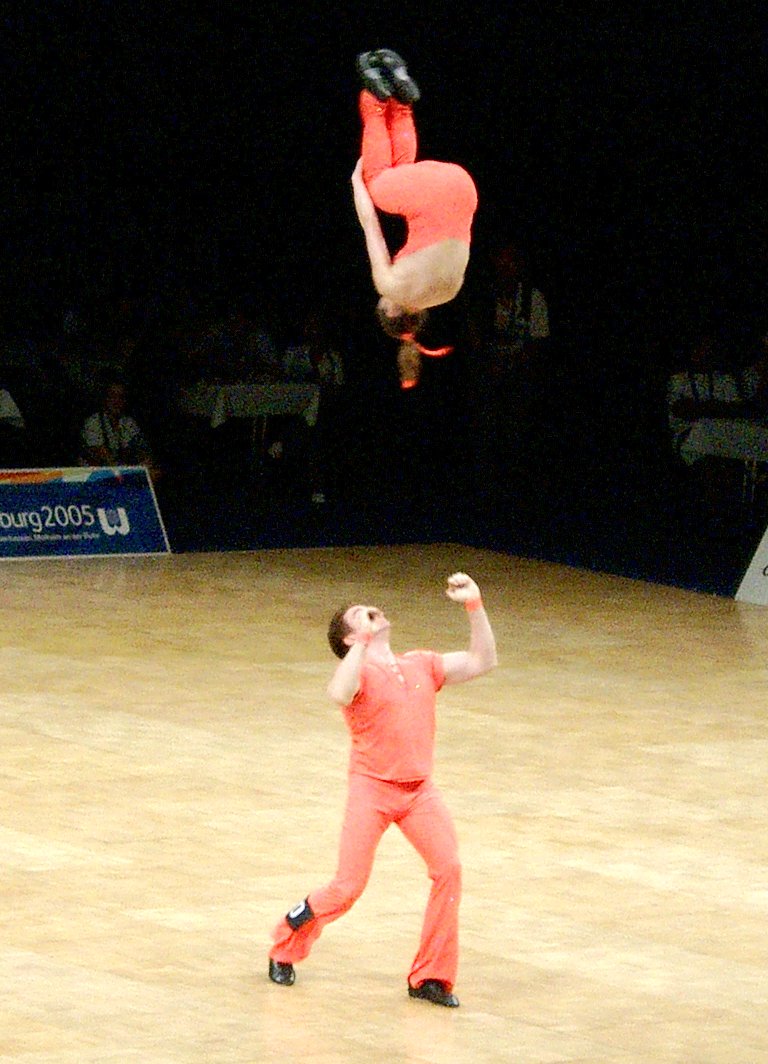
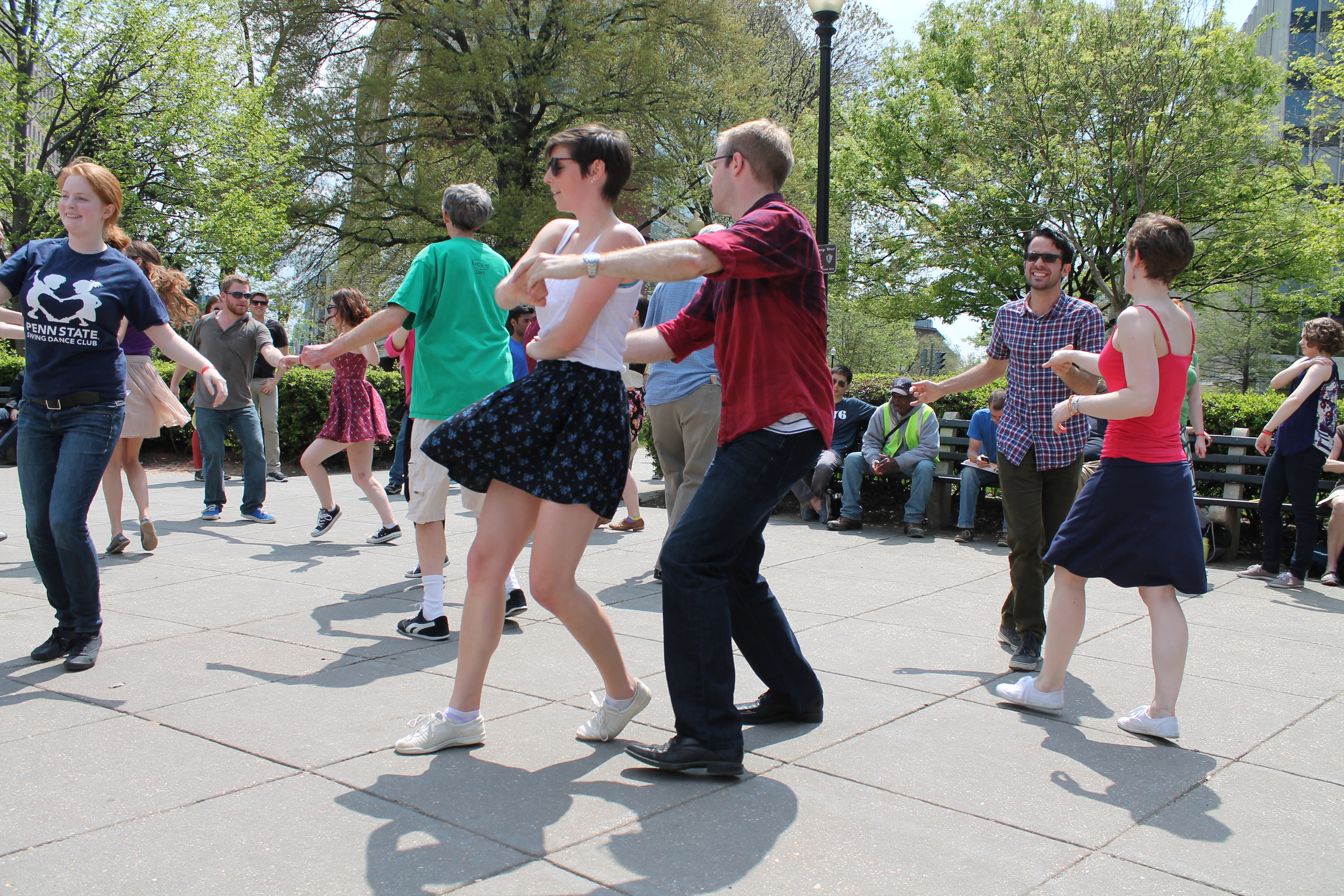


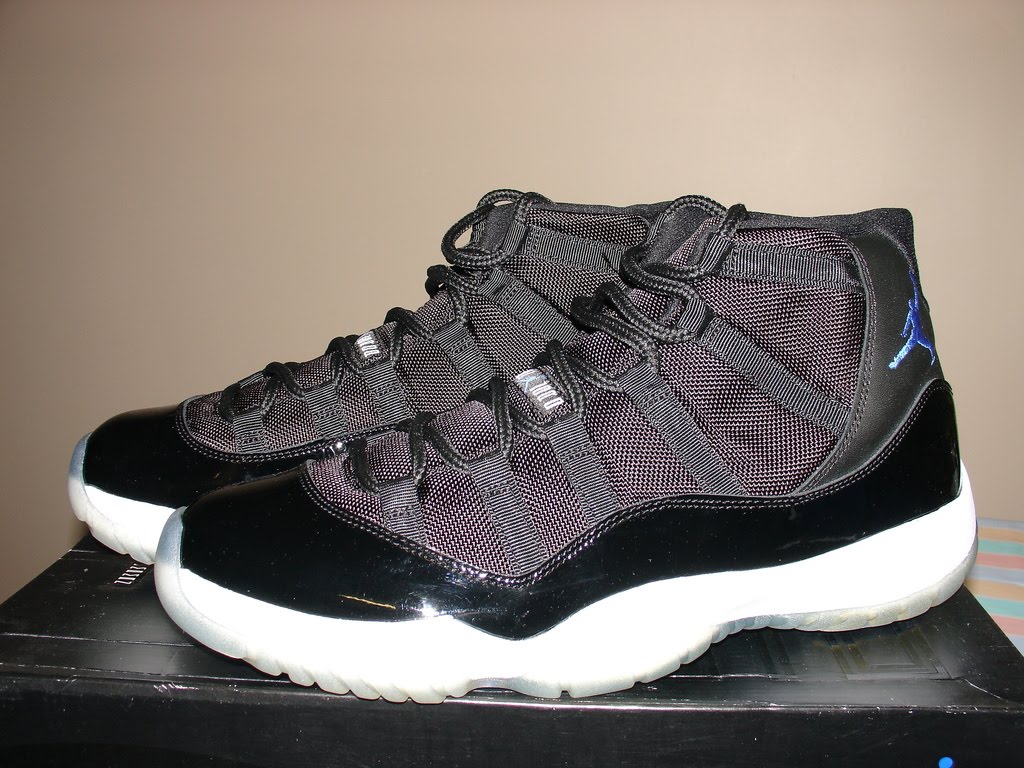
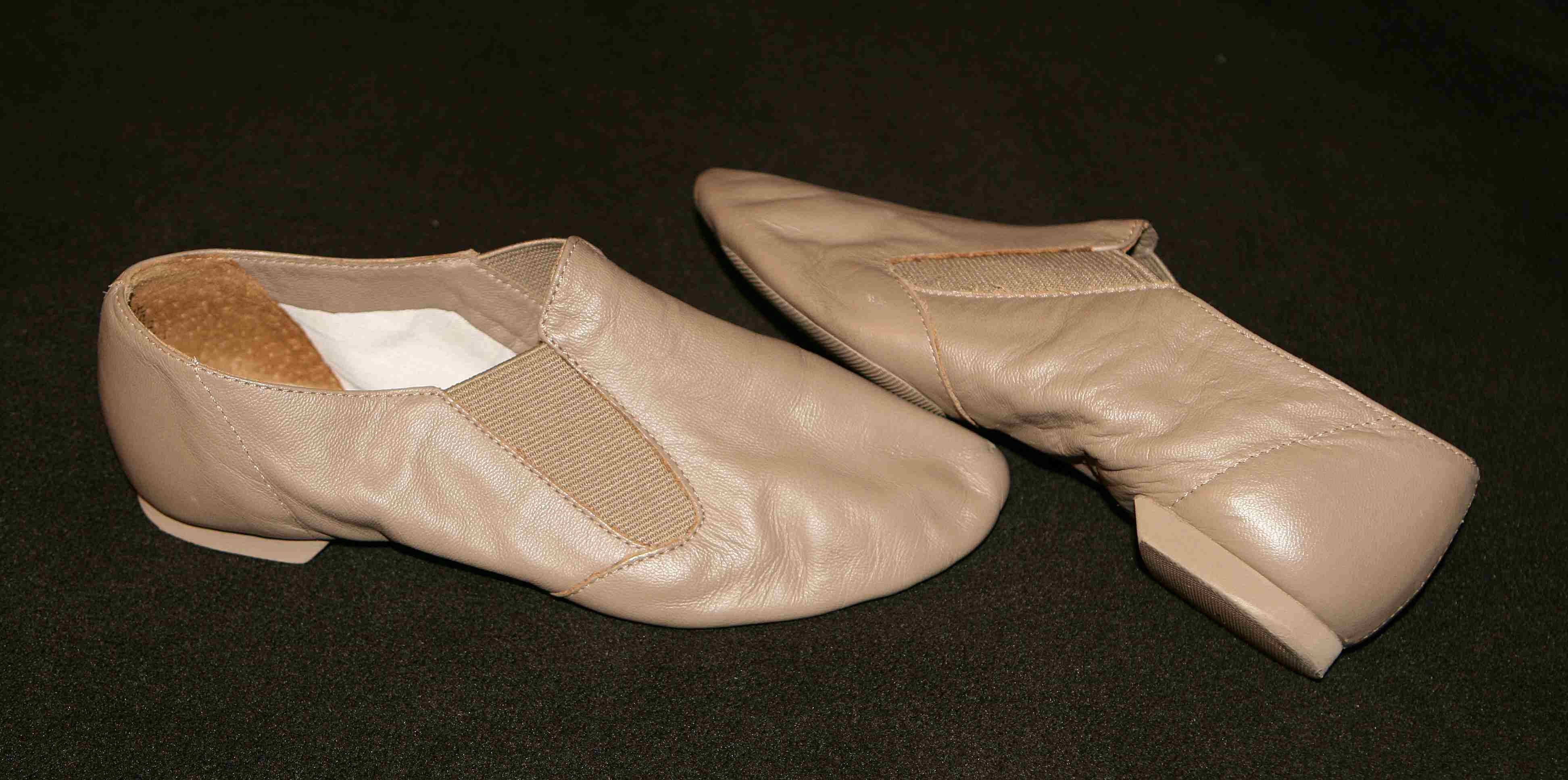



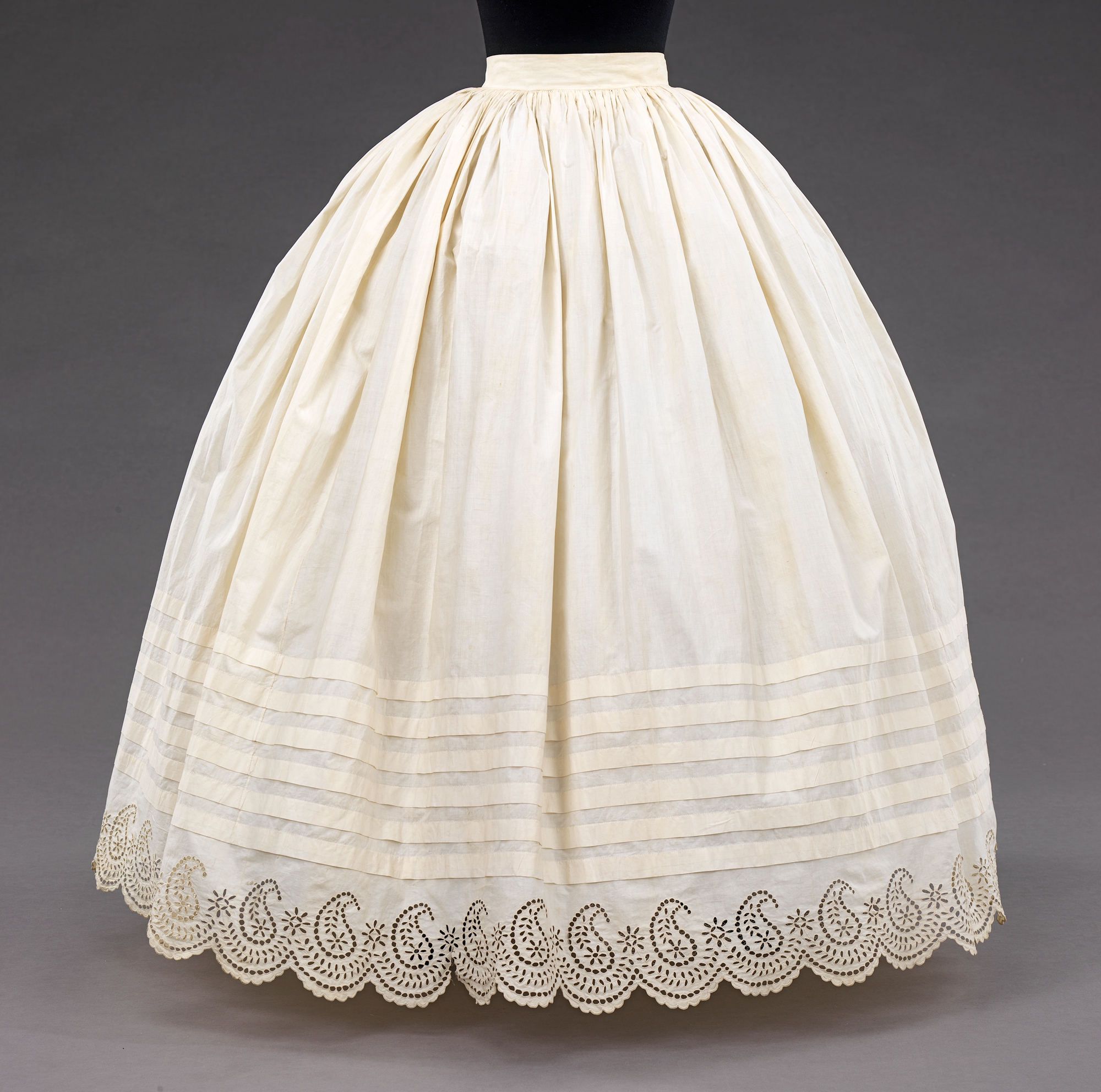
.jpg)